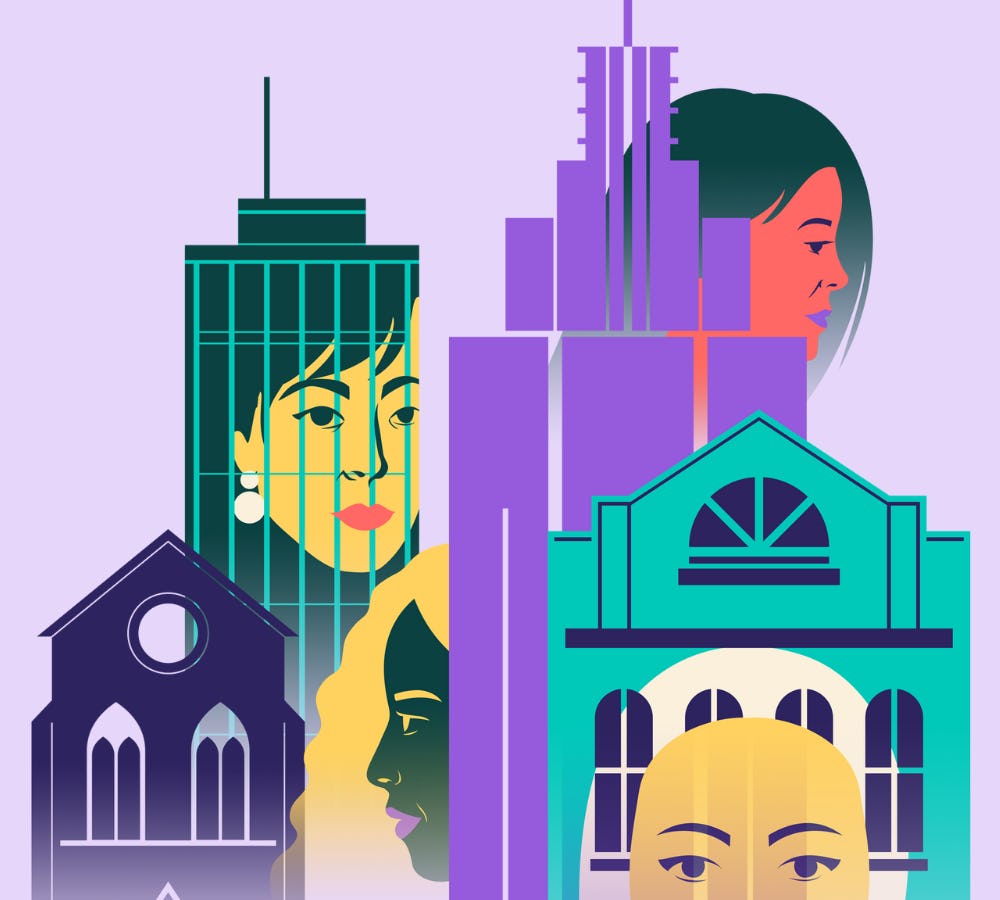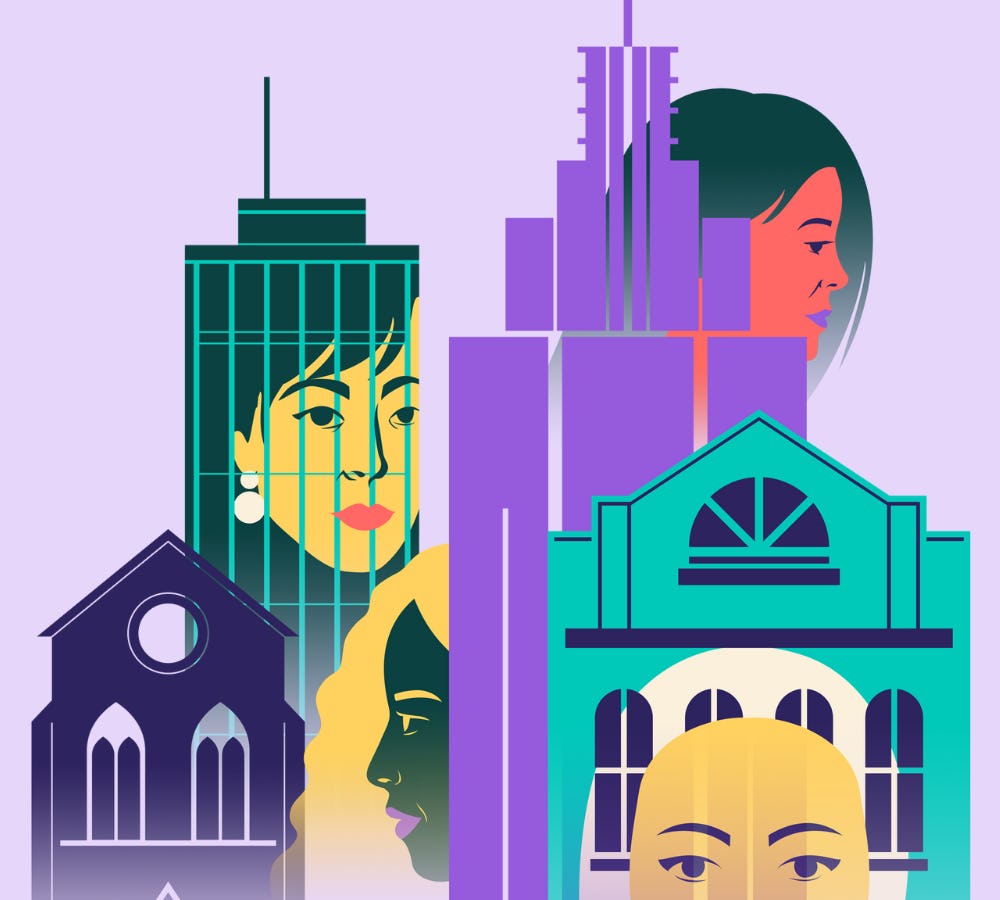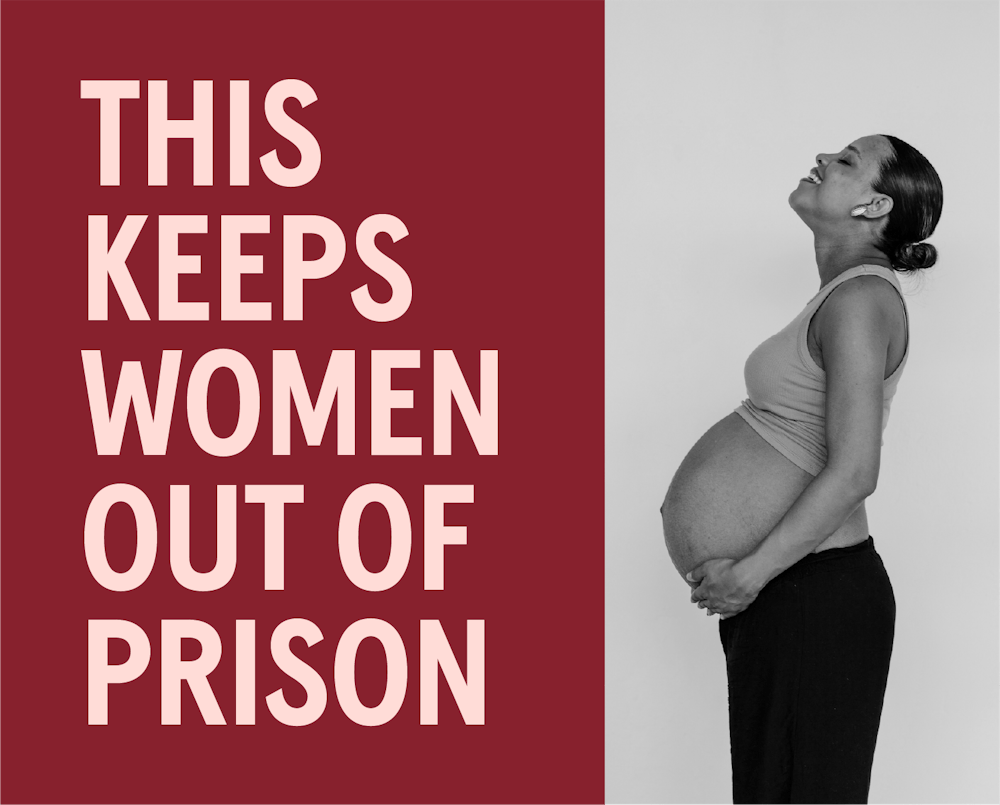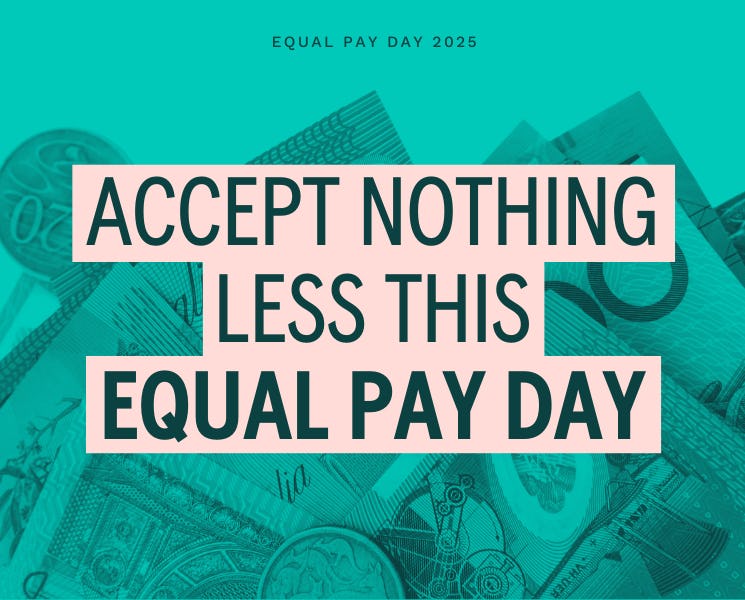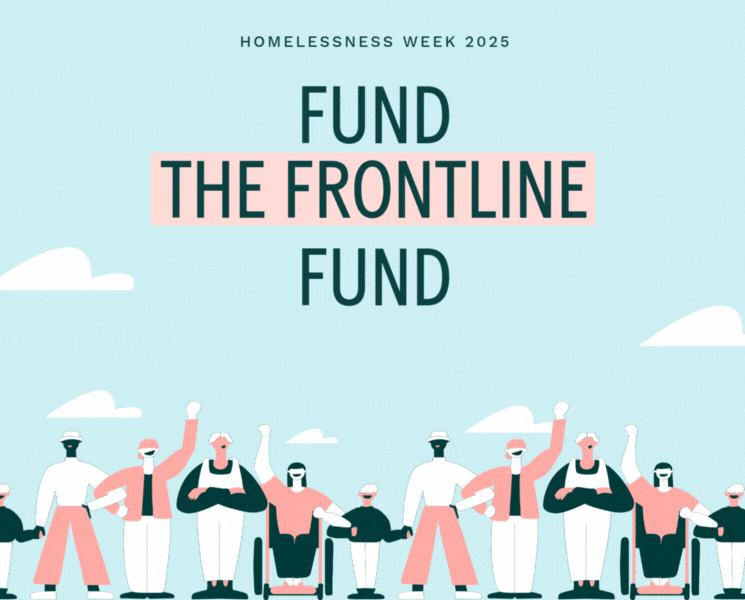This Anti-Poverty Week, learn how WAGEC promotes women’s financial security to create pathways for greater safety, dignity and freedom.
Every woman deserves safety, dignity and the chance to build a life free from violence and hardship. Yet across Australia, more and more women are finding those basic rights slipping out of reach.
In 2025, the cost-of-living crisis continues to impact women and children hardest. Rent is rising faster than wages, social housing waiting lists are years long, and income support payments still sit below the poverty line. This pushes more women into poverty, and some directly into harm’s way.
This Anti-Poverty Week, we’re drawing attention to the gendered drivers of poverty, and what it will take to create a fairer system for all.
The impossible choice
According to a 2023 report by UNSW and the Australian Council of Social Service (ACOSS), 13.4% of Australians are currently living below the poverty line. That’s more than 3.3 million people, including over 761,000 children (or 1 in 6).
While poverty can be a relative concept in that it can mean different things to different people, it goes far beyond an occasional struggle to pay the bills or having to cut back on your morning coffee. It describes a state whereby someone has to miss out on essentials because there is simply not enough money. Skipping meals, delaying medical care, and facing impossible choices between paying rent or heating your home, seeing a doctor or buying food.
Unemployment and lack of access to reliable income is a key driver of poverty. So too are unaffordable housing, skyrocketing costs of basic living expenses, and prolonged illness or disability. However, these are issues that do not affect everyone equally.
The gendered reality of poverty
Poverty in Australia has always been gendered, meaning it is shaped by the way our systems value (and devalue) women’s work, time and contributions. Right now, women make up the majority of people living in poverty, with an increasing number of those seeking help from specialist homelessness services every year.
Households where women are the main income earners experience almost twice the poverty rate of those headed by men (18% vs 10%). For single mothers, the risk of poverty is three times higher than for children in partnered families. And 2 out of 3 single women over 55 in rental properties are living below the poverty line (compared to half of single men).
Women are more likely to work in low-paid and insecure jobs, take on unpaid caring responsibilities, and retire with less superannuation than men. While important work is being done to close the Gender Pay Gap, women continue to fall through the cracks. And when these economic inequalities intersect with experiences of violence, racism or discrimination, disadvantage compounds even further.
When poverty and violence collide
Domestic and family violence is the leading cause of women and children reaching out to homelessness services in Australia.
Although violence impacts women in all communities and across all income levels, women on low incomes are more likely to be affected. What we also know is that women experiencing financial hardship are often forced to stay with an abusive partner because they cannot afford to leave. It’s a vicious cycle that needs interrupting, because poverty should never be the price of safety.
It costs an average of $18,000 to leave a violent relationship and start again. An estimated 1 in 5 women return to violent partners because they have nowhere else to go. (Sources: ABS; Parliamentary Inquiry into FV).
Leaving violence shouldn’t mean losing everything, but right now, it often does. And when violence and poverty intersect, the path to recovery is longer and more complex.
Safe housing is prevention
Safe, affordable housing is not just a roof — it’s a foundation for safety, healing and independence. But across Australia, that foundation is cracking. The rental crisis and shortage of social housing are leaving women trapped in unsafe situations or forced into homelessness after fleeing violence.
At WAGEC, we see firsthand that when women have financial security, they can leave violence. And when families have a home, they can heal and rebuild. Every night, we provide crisis and transitional accommodation for more than 200 women and children across Sydney.
Many arrive with nothing but a bag of belongings, having fled violence and lost access to income, housing and social networks in the process. Some even arrive after making the impossible choice between staying with an abusive partner or sleeping rough with their children.
These are not isolated stories; we wish they were. Instead, they are the predictable outcomes of systems that consistently undervalue women’s work, limit their financial independence and fail to guarantee safe housing as a human right.
Breaking the cycle
While Australia’s social housing availability continues to decline, and private rentals are increasingly unaffordable for single mothers and low-income households, these issues are only going to get worse. How can we break the cycle?
Through dedicated crisis support, as well as programs like ACCESS and From Now, WAGEC supports women to rebuild their lives with financial security, education, employment pathways and healing from trauma. It takes time, safety, and sustained support to rebuild confidence, find secure housing and regain economic stability. But it’s worth it.
These programs prove what we’ve always known: when women are given the right support, they go on to create safer, more stable futures for themselves and their families.
Systemic problems require systemic solutions
Poverty and violence are not personal failings, they’re systemic ones. Investing in income support, social housing and gender-transformative policies is not just about easing hardship in the here and now, although that’s important. It’s about building safety, dignity and opportunity for generations to come.
Calling for better this Anti-Poverty and beyond looks like:
- Lifting income support payments above the poverty line
- Expanding access to safe, affordable housing
- Funding trauma-informed services that meet women where they are
- Ensuring that women (especially those with other intersecting identities) are at the centre of decision-making.
Poverty and violence might be connected, but they’re not inevitable. They are the consequence of systems that can be changed, and that change is possible when we act together.
💜 Donate or get involved at: wagec.org.au/support-us/
